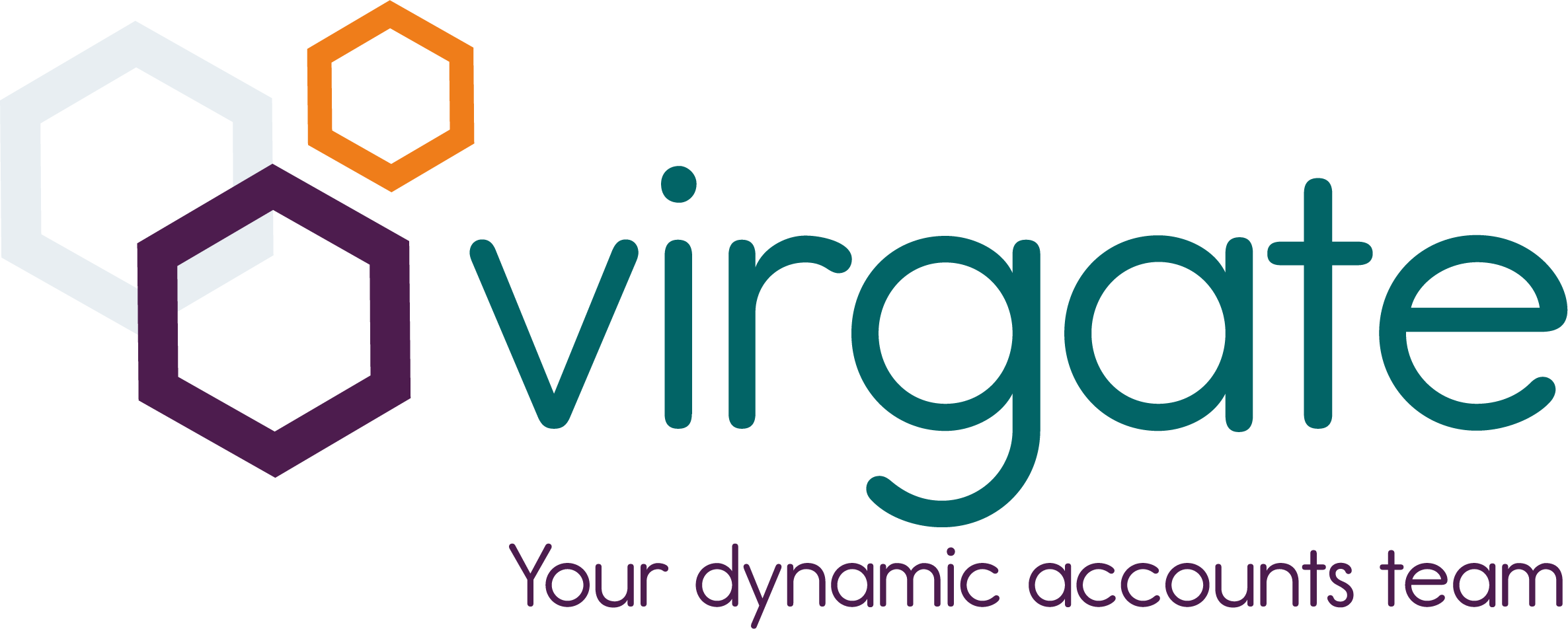Cash Flow Forecasting for SMEs: A Guide for Growth and Stability
Published: 23rd Jul 25
Categories: Cash Flow Management, Compliance, Real-Time Financial Reporting
Cash Flow Forecasting for SMEs: A Guide for Growth and Stability
If you’ve ever run a small or medium-sized business (SME), chances are you’ve stared at your bank balance and thought, “Where did it all go?” Don’t worry, you’re not alone. Many thriving businesses have been brought to their knees not because they weren’t profitable—but because they ran out of cash. Enter the unsung hero of financial planning: cash flow forecasting.
Why Forecasting Your Cash Flow is Non-Negotiable
Cash flow forecasting is essentially the art (and science) of predicting how cash moves in and out of your business. You’re projecting your future cash position based on expected revenues, expenses, and other financial obligations.
Now, don’t mistake this for just another spreadsheet exercise. A robust cash flow forecast can mean the difference between confidently expanding your team—or asking your staff to hold off on salary a little longer. In fact, research shows that 82% of small business failures are due to poor cash management.
The Magic of Clarity
A proper cash flow forecast gives you clear visibility of when money will come in and go out. And with that clarity comes power—the power to make better decisions.
Let’s say you’re planning to invest in new equipment or launch a big marketing campaign. Your forecast might tell you that while these are great ideas, doing them in Q2 rather than Q1 might save you a trip to the bank.
It’s not about killing your dreams—it’s about scheduling them smarter.
Planning for Peaks and Valleys
Every SME has seasonal ups and downs. Maybe you’re a wholesaler gearing up for a big end-of-year push. Or a gym owner watching customers trickle in during monsoon season.
Cash flow forecasting lets you plan for these fluctuations. You can stock up on cash reserves when times are good and avoid panic-mode financing when they’re not. It’s like packing an umbrella before the storm hits—simple, effective, and keeps you dry.
Realistic Assumptions are Your Best Friend
This is where some businesses fall into the fantasy trap. “We’ll triple sales next month!” they cheerfully type into their forecast.
Let’s pump the brakes. Forecasting isn’t about wishful thinking, it’s about realistic assumptions. Use historical data, customer behavior, and market trends to build a forecast you can actually rely on.
Also, remember to factor in payment delays—just because you invoiced on the 1st doesn’t mean you’ll be paid on the 5th. (You’re laughing because it’s true.)
Tools to Make It Easier (Yes, They Exist!)
You don’t have to be an Excel wizard or a finance guru to build a good forecast. There are tools like Float and Xero that make cash flow forecasting almost enjoyable. These tools sync with your accounting software, pull in real-time data, and let you create multiple scenarios so you can plan for the best—and worst—cases.
Still, if you’re unsure, a good accountant or financial advisor is worth their weight in gold. They can help set up your forecasting system and teach you how to interpret it, so you’re not just staring at colourful graphs in confusion.
What Gets Measured Gets Managed
Cash flow forecasting isn’t a one-time thing. It’s not like assembling IKEA furniture—you don’t do it once and forget about it. It’s an ongoing process that needs regular updates.
Set aside time every month (or week, if you’re ambitious) to review your forecast. Adjust for changes in sales, expenses, or any surprises—like that client who forgot to mention they’re taking a two-month vacation before paying your invoice.
Final Thoughts: Don’t Let Cash Be a Surprise
Running an SME is a bit like juggling flaming torches—while riding a unicycle—on a tightrope. Cash flow forecasting gives you the safety net.
When you understand your cash position, you’re not reacting—you’re planning. And planning gives you control. And control? That’s what turns a small business into a sustainable, scalable enterprise.
So if you haven’t already, start forecasting. Not tomorrow. Now. Because the future may be uncertain, but your finances don’t have to be.

Subscribe
Get offers and stay up-to-date











